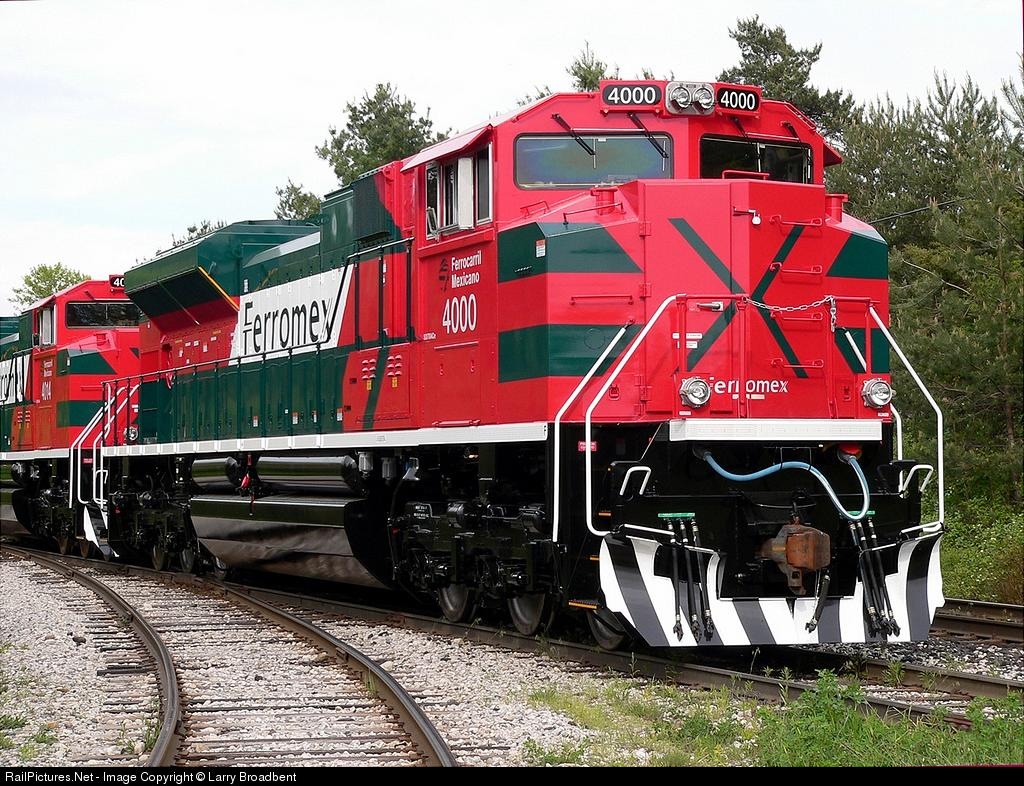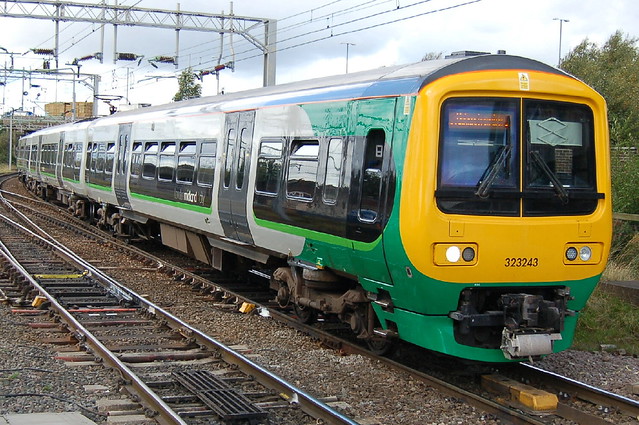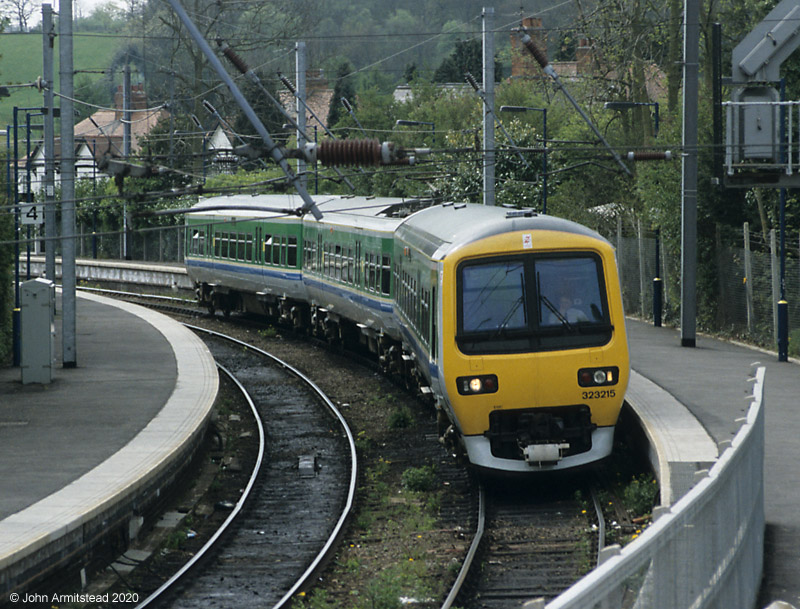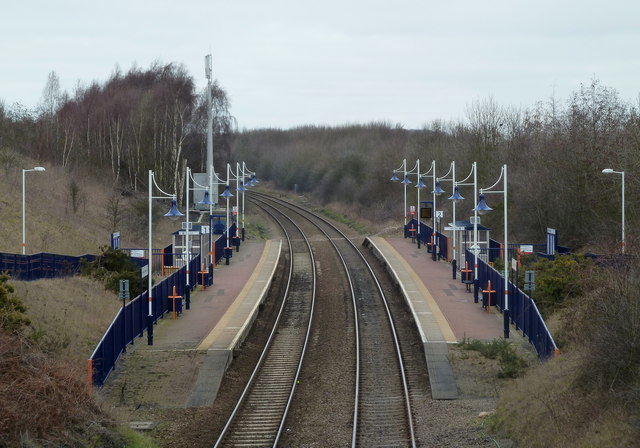Back in 2001 Microsoft introduced the classic Microsoft Train Simulator, affectionately known as MSTS by many members of the community and one of if not the first train simulator many of us who now play TS2016 ever played. One of the routes featured in this particular train simulator was the legendary Settle & Carlisle route, supposedly set in the 1920s. The route featured as a driveable locomotive Flying Scotsman, and 2 other locomotives as AI locomotives (Pendennis Castle and Royal Scot).
Unfortunately, MSTS got the route wrong. Quite a bit, actually. First off, the player loco was inappropriate given the time period: Flying Scotsman very well may have travelled to Carlisle back in the day, but not over the S&C. Pendennis Castle may very well at some time come to Carlisle, but again not over the S&C. These 3 railways (LNER, LMS and GWR) approached Carlisle by different routings. It actually would have been more appropriate if Royal Scot was the player engine for the route as the S&C at the time was grouped under LMS back in 1923. What would have been even better is if Pendennis Castle and Flying Scotsman weren't even included, but instead replaced by other LMS engines. If MSTS really wanted to run Flying Scotsman back in the 20s, they should have picked a route that was actually part of LNER, like York-New Castle, and modelled her without the corridor tender.
Something else that MSTS got wrong: the scenery. MSTS claimed to show off the real-world scenery and show the infrastructure at the time. This was not the case. The track layout at Carlisle was way too small: none of the sheds were actually shown, the only industry shown was the station, and the LMS section Kingmoor was completely missing. It looked bleak and bare beyond Carlisle Citadel station where we know thanks to alternate renditions of this area it was anything but. There was no indication of any industry at all over the route, except for the Gypsum sidings, but that was it. Appleby at least had a dairy (not featured), there were several cattle docks all over the line (not featured), not far from Settle was a gravel pit (not featured), and the line abruptly ended at Settle. No sidings, no yard, nothing. Just a platform with some houses and a pair of buffers at the end of the platform. Garsdale was even missing its famous specially-built wood-enclosed turntable! The branch line to Hawes didn't even appear in that route even though it very well would have been there given the time period.
Since that initial release, however, there have been numerous re-envisionings of this legendary line, from a 1920s rendition from Leeds to Carlisle back in pre-LMS days (with a much more detailed Carlisle layout) to a 1940s era version which included LMS' experimental 10000 and 10001 diesel locomotives. Trainz even has a version for the BR era.
Railworks, now Train Simulator 2016, does have the Settle & Carlisle, but in its modern state (the MSTS version more resembles the route in the modern era). Then DTG did something that hadn't been done before:
They back-dated a route that they had already made, creating for us the Riviera Line in the 50s, a very excellent route which any fan of either GWR or British steam should own in my opinion.
Which has got me thinking: what if DTG backdated the Settle & Carlisle? And made the route NOT in the BR era, but in LMS days in the early-mid 30s. While we do have British steam-era routes (Somerset & Dorset Joint Railway, Falmouth Branch, Western Lines of Scotland, the Woodhead Line, Memories of Maerdy, etc.) all of these routes are set in British Railways. None of the routes released so far are actually from the days of the "Big Four"-LNER, LMS, SR, and GWR. And who wouldn't love taking classic LMS trains over this historic route in its heyday when steam was king.
It is my proposal that the Settle & Carlisle line be back-dated to said time period, and that it include the old branch to Hawes. As the Riviera Line comes with 5 different steam engines, I propose that the following 5 locos be included with the route:
![]()
LMS Jinty 0-6-0T: a solid shunting locomotive that is iconic to any midland fan. This loco was at home either shunting coaches and wagons around yards, hauling light goods work, or even taking local passenger trains.
![]()
Fowler 4F 0-6-0 tender engine: For many years these beefy 0-6-0s formed the backbone for goods work on the Midland Railway, the Somerset and Dorset, and later the LMS. Despite their small size in comparison with the likes of a Black 5 or a Grange, they were at home hauling mid-to-heavy freight traffic, and did indeed work over the line from Settle to Carlisle.
![]()
Stanier Black 5: Yes this engine has been done to death, appearing on the S&D, the Woodhead Line and the Western Lines of Scotland, but the reason for that is, well, because they were everywhere. During their time they were known as the perfect 4-6-0 design, numbering more than any other railway's answer to the ten-wheeler design in Britain. These engines hauled everything: drag freight, fast-freights, stopping passenger trains, express trains, and took over almost every duty in Scotland. The design was so favored that still more were being built even in BR days - right alongside the standard class 5MT, a class that was meant to replace them but ultimately didn't. Because of their reputation making a version of the Settle to Carlisle line without them would be unthinkable. Up until now even though the Black 5 has been made several times, it still has not been made in its original proper LMS livery.
![]()
Crab 2-6-0: Designed by George Hughes and placed in service by Henry Fowler and built between 1926 and 1932. The loco was designed for mixed traffic, and they put in many years of good service across LMS and later BR before withdrawal between 1961-67. They were noted to perform rather well in most circumstances and were still the locomotives of choice for mineral traffic in across several difficult routes, even after the Black 5s were introduced.
![]()
Royal Scot 7P: In the mid-1920s, LMS had a need for larger motive power for express trains. Herbert Chambers, chief draughtsman at Derby, his staff, and partially Henry Fowler (who historically receives credit for the design), designed just the locomotive to fill demand: the Royal Scot class. These 3-cylinder racehorses were capable of a top speed of more than 100mph and produced 33,150lbf with 18x26 cylinders and 250psi. They were the locomotives of choice for LMS' top link expresses until 1933 when Stanier's Princess Royal Class and Princess Coronation Class took over. In the 1940s the class was rebuilt and showed during the 1948 Locomotive Exchange Trials that they were capable of meeting the maximum performance of the Coronations.(photo from www.warwickshirerailways.com)
And these are just the locos that could appear in the base version of the route. Possible DLC for the route could be the following:
Princess Coronation class: Sir William Stanier designed and built this class between 1933-35. The class featured 4 cylinders was designed to replace the Royal Scots on express passenger service. At that time, The Royal Scot express train had grown to 15-16 coaches regularly and in order to remain competitive LMS needed to tighten the train's schedule beyond the capabilities of the Royal Scot Class of locomotives. 13 of these Pacifics were constructed, giving good service until 1952-62 when the class was withdrawn. 2 examples still survive.
Princess Coronation class: Sir William Stanier designed this class of 4-cylinder Pacifics and the engines were constructed between 1937-48. These would be the strongest Pacifics ever to work LMS metals, developing 3300 horsepower and capable of high speed, the class originally setting a speed record of 114mph with a special test train in 1937. The first 10 members of the class were streamlined while the remainder would be built without streamlining, the shroud showing only minimal benefits at high speed and providing lots of hassle for maintenance. Most of the streamlined members had their shrouds removed later.
Both of the above DLC could come with a selection of LMS period 3 stock in Blood & Custard livery.
Ex-Midland 4P Compound: Although eclipsed by the likes of the Royal Scot class, these engines remained on the LMS roster long after the Midland Railway was grouped into the LMS in 1923. These engines were at home on fast express passenger workings and just about ran like the wind, although most workings over the Settle & Carlisle had to be double-headed due to the steep grades (back in the Midland days it was policy to run trains with 2 or more smaller engines over the Settle and Carlisle route - when the LMS was formed this practice was done away with as the LMS favored larger locomotives that could handle the same amount of work as 2 or more smaller engines) Possible rolling stock with this loco could be a set of ex-MR coaches.
Stanier 8F 2-8-0: This loco once appeared as a DLC loco back in 2012, but has disappeared from the store. This route cold be a chance to remedy this. The class hauled heavy goods traffic over the roughest parts of LMS' system, including the Settle & Carlisle, where it was literally uphill both ways in the snow during the winter time. They also did well on passenger services, noted once of maintaining an average speed of 60mph in such service.
LMS Patriot class: These engines were based on the chassis of the Royal Scot and used the boilers of the Larger Claughton class. These elements earned the locomotives the nickname "Baby Scot". While proving capable engines, they were not (to my knowledge) top link performers like the Royal Scots. This locomotive appeared in an illustration of one of the Rev. W. Awdry's Railway Series Books in the story "Gordon Goes Foreign" as the Big City Engine who argues with Gordon about whether or not London station was called King's Cross or Euston. This loco could come with a set of sleeping cars in LMS Crimson livery.
For all the early diesel fans out there, the following could also be made:
LMS 10000 and 10001: these diesels were the first mainline diesels to be constructed in Great Britain, even before DP1 “Deltic”. Each unit developed 1600hp and could handle 9-12 coaches single-handedly to time, on several occasions hitting 80+ mph. The 2 of them working in tandem even handled the Royal Scot passenger train for a time. A set of LMS coaches in Blood & Custard could also come with these locos.
As the route would be set in the mid-30s, it would be possible to see coaching stock from all 3 LMS periods, period 3 being one of the inspirations for the MK I coach design developed after the start of the BR era. The proposed list of coaching stock admittedly looks a bit daunting as it draws from all 3 periods for a total of 20 coaches (13 from period 3, 4 from period 2, and 3 from period 1). If this really is too much, then focus could be drawn to the period 3 stock; periods 1 & 2 could be featured with some of the proposed loco DLC or could show up in their own Marketplace packages:
Period 3 Stock (in LMS Crimson):
BFK (Brake First Corridor), BCK (Brake Composite Corridor), BTK (Brake Third Corridor), FK (First Corridor), CK (Composite Corridor), TK (Third Corridor), BTO (Brake Third Open), *TO (Third Open), *CO (Composite Open), *FO (First Open), *RT (Restaurant Third), *RK (Restaurant Kitchen), BG (Full Brake Gangwayed)
*Restaurant Third coaches had a kitchen inside of them as well as third class seating and was usually connected directly to either a Composite Open or a First Open. The Restaurant Kitchen car was a complete kitchen that filled the whole coach and was almost always flanked by a First Open on one side and a Third Open on the other side.
Period 2 Stock:
BTK, FK, TK, CK
Period 1 Stock:
FK, TK, BTK
One feature I also propose with these coaches is destination boards which can be changed with the numbering system, similar to what Dick Cowan does with his steam locomotives and heavyweight coaches. For those not familiar with Mr. Cowan's work, he is better known as Britkits. He focuses on the transition era from steam to diesel in the US. His locomotives and heavyweight coaches use a specialized system where a certain character causes a corresponding road name to appear on the loco, tender, or coach (for example, the letter "a" renders Union Pacific, the letter "u" renders Atchison, Topeka & Santa Fe, etc.) LMS did not use headboards on the front of their locomotives very often for named trains (this practice caught on after the formation of BR). To distinguish named trains from each other names were printed on special boards and these were then placed on the sides of the coach, like "ROYAL SCOT" or "THAMES-CLYDE", "MIDDAY SCOT", and so on. In this case you can link a certain name to a character in the auto numbering system, so having "a" on the end of the number could cause "ROYAL SCOT" to appear on the outside of the coach, "b" at the end of the number could render "THAMES-CLYDE", and so on. Having a letter "x" on the end of the number would display neither a board nor a name on the outside of the coach; only the car number would appear in the appropriate areas on the coach. The cars can default to having "x" on the end of the number. This makes the cars more flexible and creates more opportunities to model real trains with real names in custom scenarios.
Freight wagons are pretty much what we've seen in other British steam routes:
Proposed freight wagons:
- 7-plank wagon (coal, gravel, covered)
- 5-plank wagon (gravel, coal, sand, covered)
- Standard van
- Cattle car
- Milk tanker
- Oil tanker
- Flat wagon (wood, pipes)
- Fitted brake van
- Fish van
Feel like responding to this article?
Read our Acceptable Use Policy first













































































































































































































































